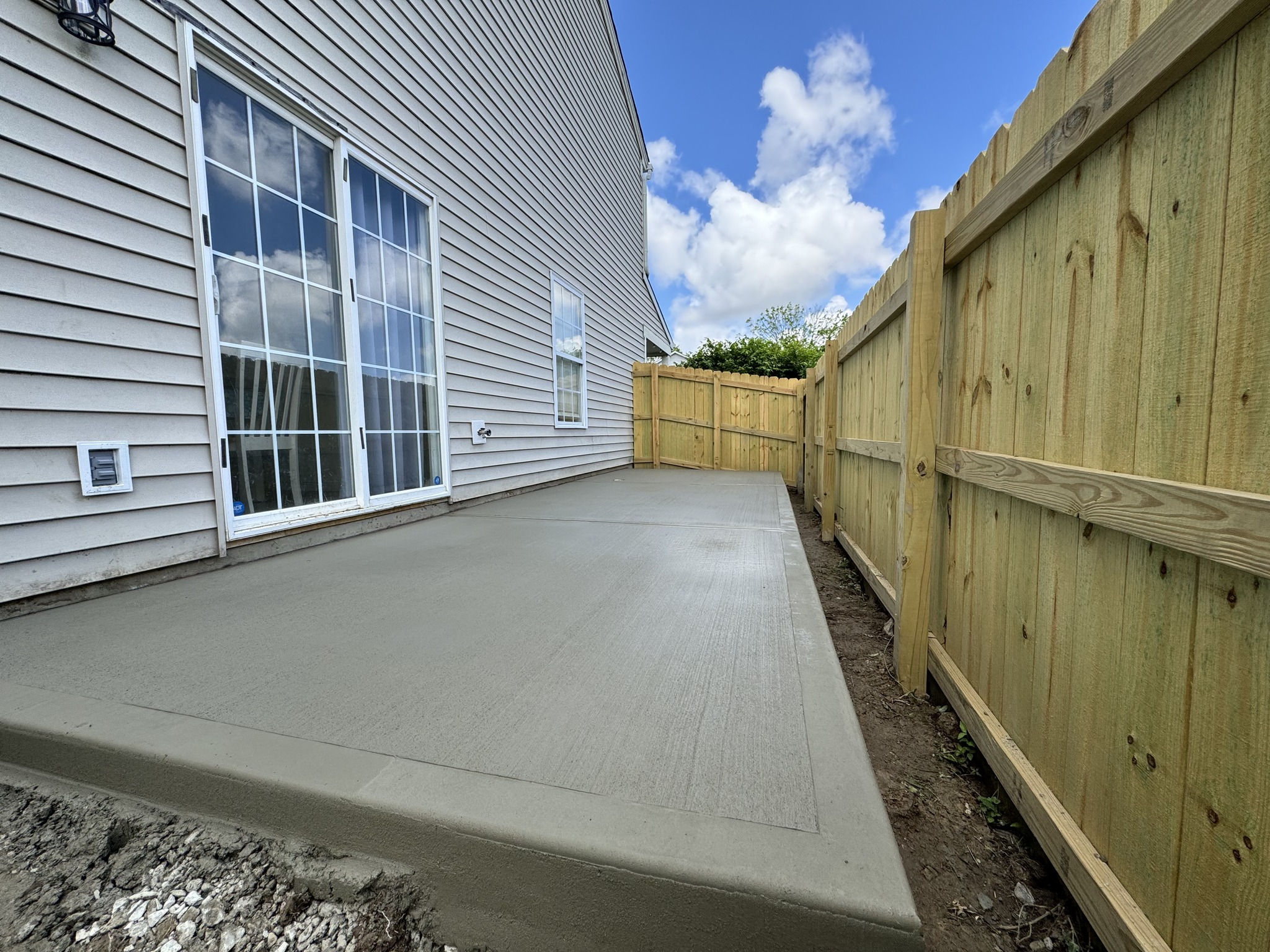
The Intersection of Art and Engineering: Creative Concrete Designs in Public Spaces Nov 14, 2025
The transformative power of concrete design in public spaces begins with its versatility. Unlike materials with limited adaptability, concrete can be molded, colored, and textured to fit a myriad of architectural needs. This flexibility allows for the creation of stunning designs that can mimic the natural contours of a landscape or stand in stark contrast with its rugged industrial essence. For instance, modern sculptures and abstract installations made from concrete become focal points in parks, offering both a visual feast and a place for community interaction.
Concrete's durability and adaptability make it an ideal choice for public works that need to withstand the test of time and the elements. This strength does not come at the expense of creativity. Engineers and artists are now collaborating more than ever to push the boundaries of what's possible with this material. The result is an array of bold and imaginative structures, like bridges and outdoor auditoriums, that redefine the scope of functional art.
A key element in creative concrete designs is integrating sustainable practices. As communities become more environmentally conscious, there is a greater demand for buildings and public spaces that offer sustainability without compromising beauty. H&R Concrete is at the forefront of this movement, using innovative techniques such as green concrete, which incorporates recycled materials and reduces carbon emissions. These eco-friendly projects show that sustainability and aesthetic appeal are not mutually exclusive but can coexist harmoniously in public spaces.
The aesthetic appeal of creative concrete designs also lies in their ability to tell a story. Public monuments and installations can commemorate history and culture, providing educational value and a sense of community identity. Whether it's a historical relief on a pedestrian walkway or a thematic design in a town square, concrete art can convey a powerful message that resonates with residents and visitors alike.
Beyond aesthetics, innovative concrete designs also enhance the functionality of public spaces. Through clever engineering, concrete can be used to improve acoustics in open-air theatres or provide better drainage systems in parks. These functional enhancements are integral to developing smart cities that are equipped to handle the challenges of modern urban living.
As the field of concrete art and engineering grows, so does the need for skilled professionals who understand both the material and the vision behind these ambitious projects. At H&R Concrete, we pride ourselves on having a dedicated team that excels in bringing these designs to life, ensuring that every project is built to last and esthetically pleasing.
In conclusion, the intersection of art and engineering in concrete design is not just a trend; it's a fundamental shift in how we approach the development of public spaces. It’s about creating environments that stimulate creativity, reflect communal values, and above all, serve the public good. As we continue to explore the limitless possibilities of concrete, H&R Concrete remains committed to delivering innovative and sustainable solutions that elevate the public landscape.
/filters:no_upscale()/media/203210ff-094f-42a2-9093-cbf56f3c2f93.webp)
/filters:no_upscale()/filters:format(webp)/media/c072d2dd-6e4a-4753-97df-7a6e43b11ff1.jpg)